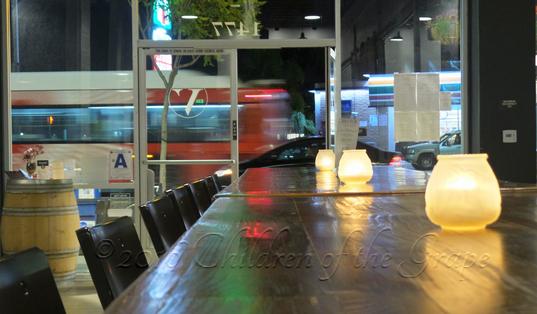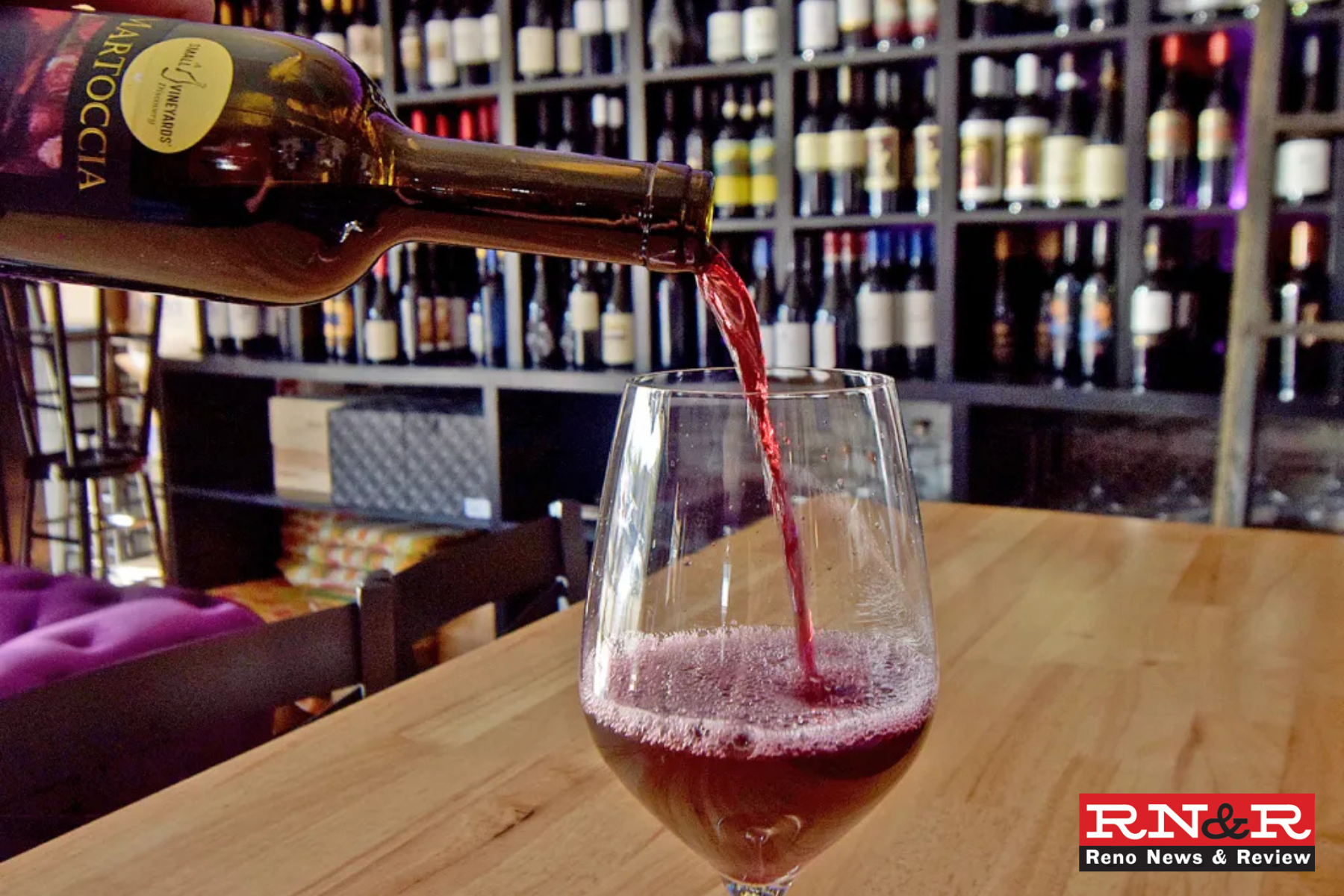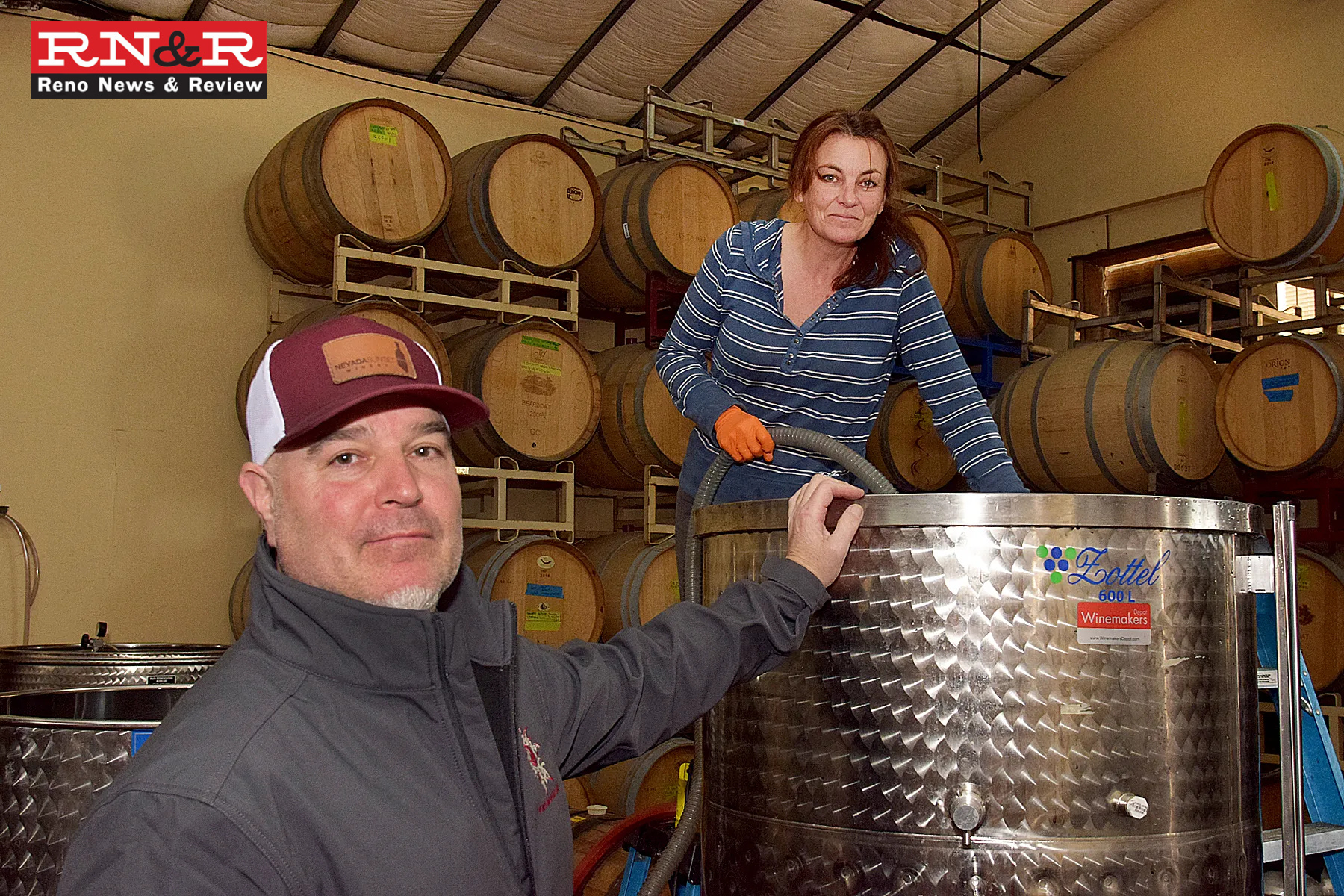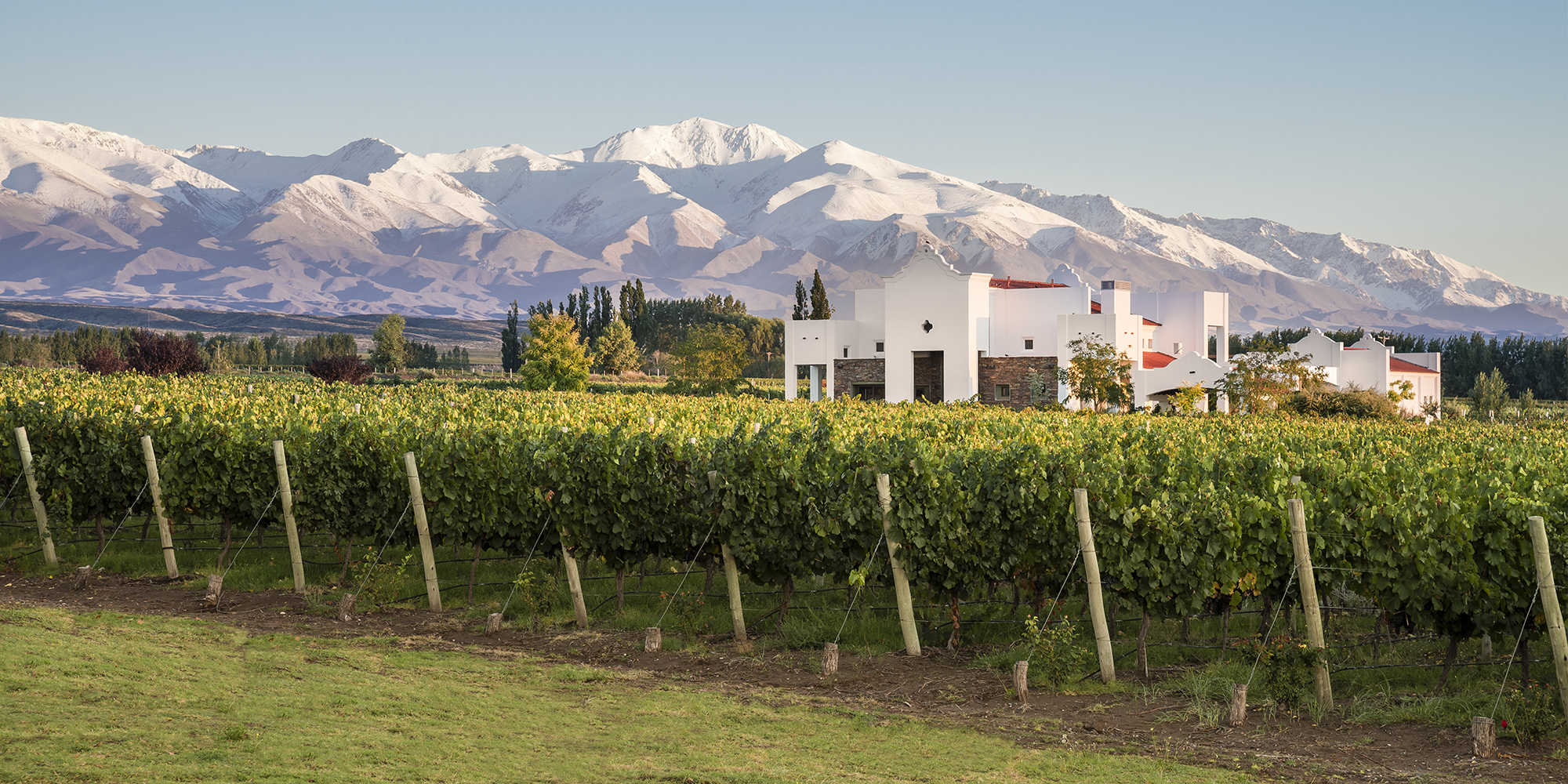“Go ahead, count the number of truly unique new world wine flavor profiles, I bet you can do it on two hands.” Eric Van Drunen, President and winemaker of Vinavanti Winery challenged me. It wasn’t really a challenge, as we were in the middle of a deep discussion that I think defined the why. Why Vinavanti exists at all, and why Vinavanti wines are as unique as they are. Eric went on to say, “Most wineries here in California and in fact most new world wineries are trying to make a copy of an old world wine, and the best we can hope for is to be nearly as good [as they are] so why can’t we create our own taste profiles”? Why not indeed?
While the new world wines are known for specific taste profiles, like being fruit forward, more drinkable on their own, and known based on the type of grape the wine is made from, unlike the old world wines where terroir is king. For example, if a specific town in France made a specific style of wine, it has most likely developed an Appellation d’origine contrôlée or (AOC) that will control everything from the degree of ripeness the grapes need to be when picked, where the grapes can be grown, what type of grapes can be grown there, what grapes can be used in the wine and at what percentages, how long the wine must ferment, age in barrels, and in the bottle, and it goes on and on. Old world wines are famous for their specific taste profiles, and any Sommelier is able to identify these easily.

Meanwhile in the new world, let’s taste a Pinot Noir. Actually we could taste a dozen Pinots and none of them will taste exactly the same. Santa Cruz Mountain Pinot, is very different from that same grape grown in the Willamette Valley of Oregon, or the Carneros, or Central Coast and Russian River AVAs of California, or the Walker Bay wine region of South Africa, the Tasmania and Yarra Valley regions in Australia and the Central Otago, Martinborough and Marlborough wine regions of New Zealand. Yet, we go to the store to get a Pinot and wonder why it just doesn’t taste the same, or worse, why it tastes too much the same. There is no new world equivalent of what has been done in the old world, protection of a specific flavor in a specific region with a specific name.
“Can’t we create a wine [with] a taste that innovates, that isn’t just competing against only what we know?” Eric lamented to me. “I use a natural wine making style because I didn’t want to make a wine that tasted like every other wine made with the same grapes.”
While Vinavanti is a certified organic winery, that isn’t a political statement, it is an expression of respect for the growers and the fruit they produce. “The growers were a certified organic farm, how could I take those grapes and not honor the grower’s wishes? So I did what I needed to do to make the rest of my operation organic as well.” Eric said.
Eric takes his beliefs, and his money, and puts them where his mouth is. He sources local fruit from San Diego County California. He uses no sulfur to kill the natural yeasts that might affect fermentation, making the outcome uncertain. He uses only those native naturally occurring yeasts to do the fermentation of his wines. This wine is then not put into oak barrels to pick up the tannins and flavor profiles we would expect. No, they are put into neutral flex tanks that pass oxygen at the same rate that a wooden barrel would, but without changing the flavor of the wine. Without adding the sameness one might expect.
“When I started winemaking, everything I read and everyone I spoke to warned me about how hard this [winemaking] is. The reality I learned is the odds are for you as a winemaker, not against you. Try to stop the grapes from fermenting, it is harder to stop it [fermentation] than to let it occur naturally.” When pressed, Eric went on to say, “That isn’t to say I don’t do anything or don’t make any decisions, I make hundreds of decisions that will affect the wine that these grapes will become. Everything from setting the pick date, how ripe with the fruit be? Do we destem or not? How and when am I going to press the grapes and how hard? All of these decisions and more will determine the end product, but I really want to stay out of the way and let the fruit become the wine that it will. I think of it as taking a really good photograph, not creating one with Photoshop.”
So when you taste one of Eric’s wines, leave your preconceived notions and wine biases at the door. If you want to get yourself in the right mood or frame of mind to try his wines, imagine you are backpacking across Italy and you walk into a small village inn. In the common room of this inn, you ask for the vino della casa, or the house wine. Now you are prepared to enjoy the truly unique experience that you would not expect in this country, especially not at an urban winery in San Diego across from a 7-11 store.

I believe one of the greatest joys about winetasting, is the experience. The memory of that perfect day you spent with old friends and new acquaintances. You will find yourself, as I find myself now, trying to find a wine that tastes like the wine did that day, and how it can transport you back to that moment in time. Vinavanti is that kind of place, and their wines are those kinds of wines.
If there is one thing that left me a little melancholy as I left Vinavanti and the discussions Eric and I shared was the thought of how many world changing wines may have been, and may be being created by Eric and winemakers like him, yet due to the nature of natural winemaking, these wines may never see life again. The same grapes, from the same vineyard, handled the same way, will not necessarily become the same wine, and you know, I’m OK with that. If you want wine to always taste the same, there are thousands of wineries to buy wine from that will taste ninety percent the same, year after year. While I might morn for what may not be again, I would rather celebrate that it ever was, and that I was able to enjoy it.



